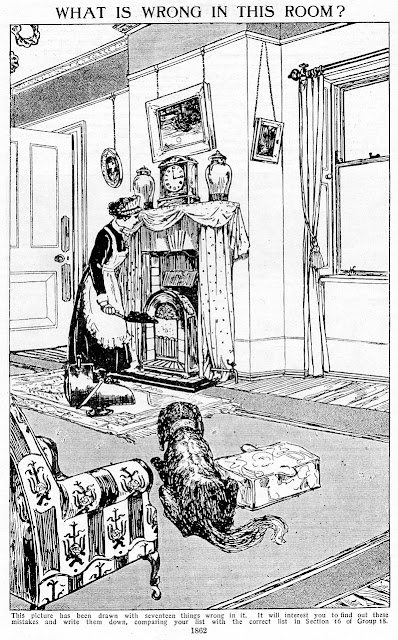Haley paley snow on the groundWhen he got to “come in, come in”, he pretended to pull me towards him, malevolently, like a monster or one of those evil deviants we never used to mention.
The wind was bitter and cold
When a poor little sailor boy covered in rags
Came to a lady’s door.
The lady looked out of her window on high
And cast her eye upon him
Come in, come in you poor little child
You never shall want any more.
“What’s all that about?” I wanted to know in later years. “What does ‘haley paley’ mean?”
“No idea” he said, “but Franky Drury used to sing another verse, a rude one.”
He would never tell me what it was.
Some years ago I looked for the song on the internet and found nothing. Looking again now, there is still very little. The story it tells seems to have been related to an old English and American ballad called The Soldier’s Poor Little Boy or The Poor Little Sailor Boy. Recordings include a 1927 version by the Johnson Brothers, one from the Max Hunter Folk Collection sung by Reba Dearmore in 1969 and a 1922 recording by C. K. Tillett. In at least one version, the lady takes the boy in because her own son has been killed in battle. In others the boy turns out to be the lady’s long lost son “William that’s come from the sea”. There were more verses with several variations, but my dad only sang the words above.
There are also possible references to the Poor Little Sailor Boy title in nineteenth century newspapers. The earliest I found was in the Norfolk Chronicle or Norwich Gazette of 25th July, 1807. If that does not seem particularly old, we should bear in mind that many of what we think of as ancient Christmas carols were written as recently as the eighteenth and nineteenth centuries.
The tune for Haley Paley, however, is quite different to The Poor Soldier/Sailor Boy. The Yorkshire Garland Group (an archive of Yorkshire folk song heritage) has a seven-verse version in 6/8 time, which appeared on a 1971 LP Transpennine, performed briskly by Harry Boardman and Dave Hillery (unfortunately, the YouTube links to the individual tracks are now blocked). The site also refers to a shorter variation called Early Pearly sung in slower 3/4 waltz time by an eighty-five year old from Hull in 2009. At the end she moves into a second tune similar to the American recordings above. If “hayley payley snow” is a corruption of “early pearly snow”, that at least makes sense. There is also a discussion at The Mudcat Café which suggests the song was sung mainly in Yorkshire. I wonder how many of these orally-transmitted songs are now lost forever.
My dad’s tune (below) differed only slightly from the Hull one. As the Garland Group web site observes, such variation is the nature of oral transmission.



